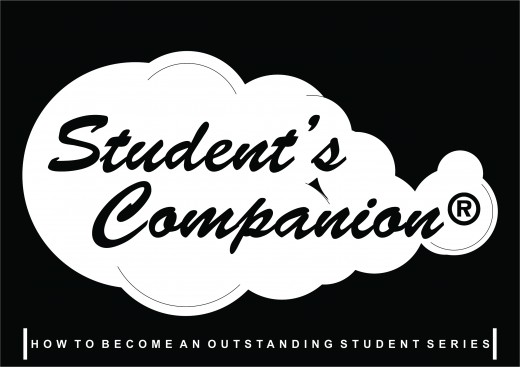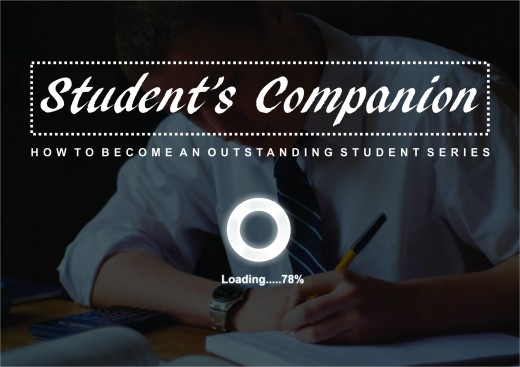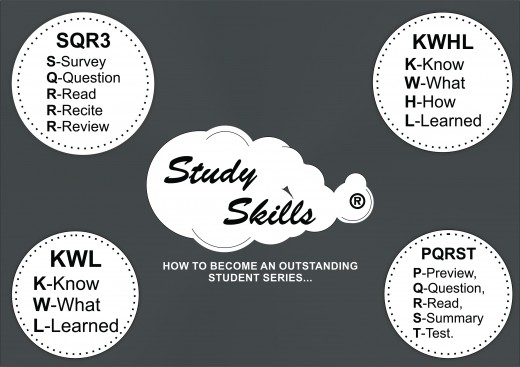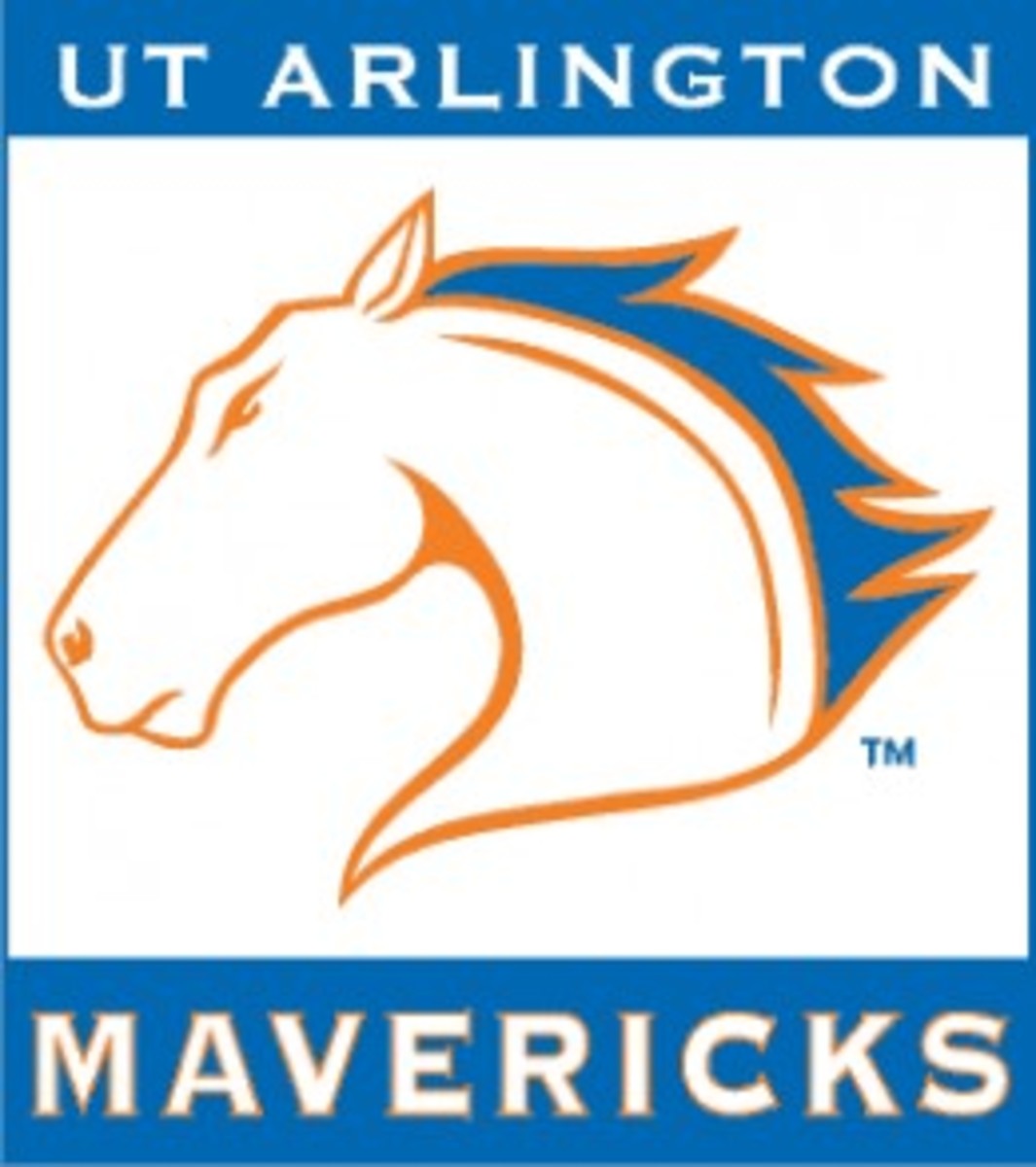How to Study Effectively to become an outstanding student

Introduction
Hi, Thanks for reading our Student Companion—How to become an outstanding student series article. Do you want to learn how to study effectively with the effective study methods? If yes, let's begin.

What is Effective Studying
Effective Studying is the process of learning about a subject in details by observation, research and scrutiny to discover new information.
Why should I study?
People study for different reasons; to pass an exam, get promoted or certified, learn more about a subject, make our brain active, for fun, improve our vocabulary, etc. Different people study for different reasons. Generally, People study to achieve goals.
Everyone has a goal in mind before they study; to understand a concept, find out relationships and differences Between concepts, to acquire information beyond what they were taught in class, etc. However, most people study without achieving their goals for studying due to various reasons. There are two types of goals namely short-term goals such studying to pass a test and long-term goals such as studying from the beginning of your college year to make good grades. Why are most people unable to achieve their study goals? This would be discussed later in this series.
Most people don’t understand how they should study. They think studying is arduous and they eventually become demented. Don’t panic, the good news is there are good study methods used by various students. These study methods should help you study.

Types of Study Methods
They can also be called reading comprehension techniques.
1.SQR3: SQR3 is an acronym for Survey, Question, Read, Recite, and Review.
- S-Survey: This means to skim through the book instead of reading. You note the Title of the subject, learning objectives, headings, sub-headings, tables, and summary. This helps you to get what the subject is about.
- Q-Question: This means to generate series of questions that begin with “What, When, How, Where and Why” with the Title of the subject, learning objectives, headings, sub-headings, tables, and summary. The answers to questions are found when reading the context of the subject.
- R-Read (R1): In this step, you are to read the context of the subject such as key passages, definitions, phrases, sentences, differences, relationships or ideas. This gives you answer to the questions developed in the previous step. This makes reading so interesting and active because you are reading to identify the answer to your developed questions. Write down the answers to your developed questions.
- R-Recite (R2): Recitation is saying a piece of information from memory. In this step, you try to recall and identify key points such as definitions, phrases, sentences, relationships, differences, ideas. and answers to your developed questions. It is advisable to write down your recitation. This helps to improve your long term memory about the subject.
- R-Review (R3): This is the final step. To go through all you have read. Identify the concepts you understand, those you don’t understand. Study every concept you don’t understand until you understand it.
2. KWL: KWL is an acronym for what I know, what I need to know and What I have learned.
- K-Know: In this step, you ask yourself, what do I know about this subject? and write down the list of things you learn about the subject.
- W-What: In this step, you ask yourself, what do I need to know about this topic? Write down the list of things you need to know into writing. After this, we read about the subject
- L-Learned: Finally, At the end of the study of the subject, you ask yourself what have I learned about this subject?
3. KWHL: KWHL is an acronym which means what I know, what I need to know, how do I get resources on this subject? and what I have learned.
- K-Know: In this step, you ask yourself, what do I know about this subject? and Write down the list of things you know about the subject.
- W-What: In this step, you ask yourself, what do I need to know about this topic? Write down the list of things you need to know.
- H-How: In this step, you Write down this list of sources where you can locate resources on the subject you are studying. Get points about the subject and study them.
- L-Learned: At the end of the study of the subject, you ask you yourself what have I learned about this subject?

4. PQRST: This is an acronym for Preview, Question, Read, Summary, and Test.
- P-Preview: This means to skim through the book. This allows you to determine their purpose for reading. You begin by skimming through the introduction, objectives, headings, sub-headings, differences and comparison, summaries.
- Q-Question: In this step, you generate series of questions that begin with “What, When, How, Where and Why” with the introduction, objectives, headings, sub-headings, tables, summaries, etc. The answers to questions are found when reading the context of the subject.
- R-Read: Now, you are to read the context of the subject such as key passages, definitions, phrases, sentences, differences, relationships or ideas. This gives you answers to the questions developed in the previous steps. This makes reading so interesting and active because you are reading to know the answer to your developed questions. Write down the answers to your developed questions.
- S-Summary: This means to summarize the subject to your own understanding, rephrasing all information in simpler forms using mnemonics, flash cards, Mind Maps, etc.
- T-Test: Finally, you use the questions formed earlier as a test without looking at the notes. The test results are used to identify areas where more study is required.
Various study methods come in existence day by day but these are the common methods used by the student. If you have a different study, you can list them in the comment box. Thanks.








